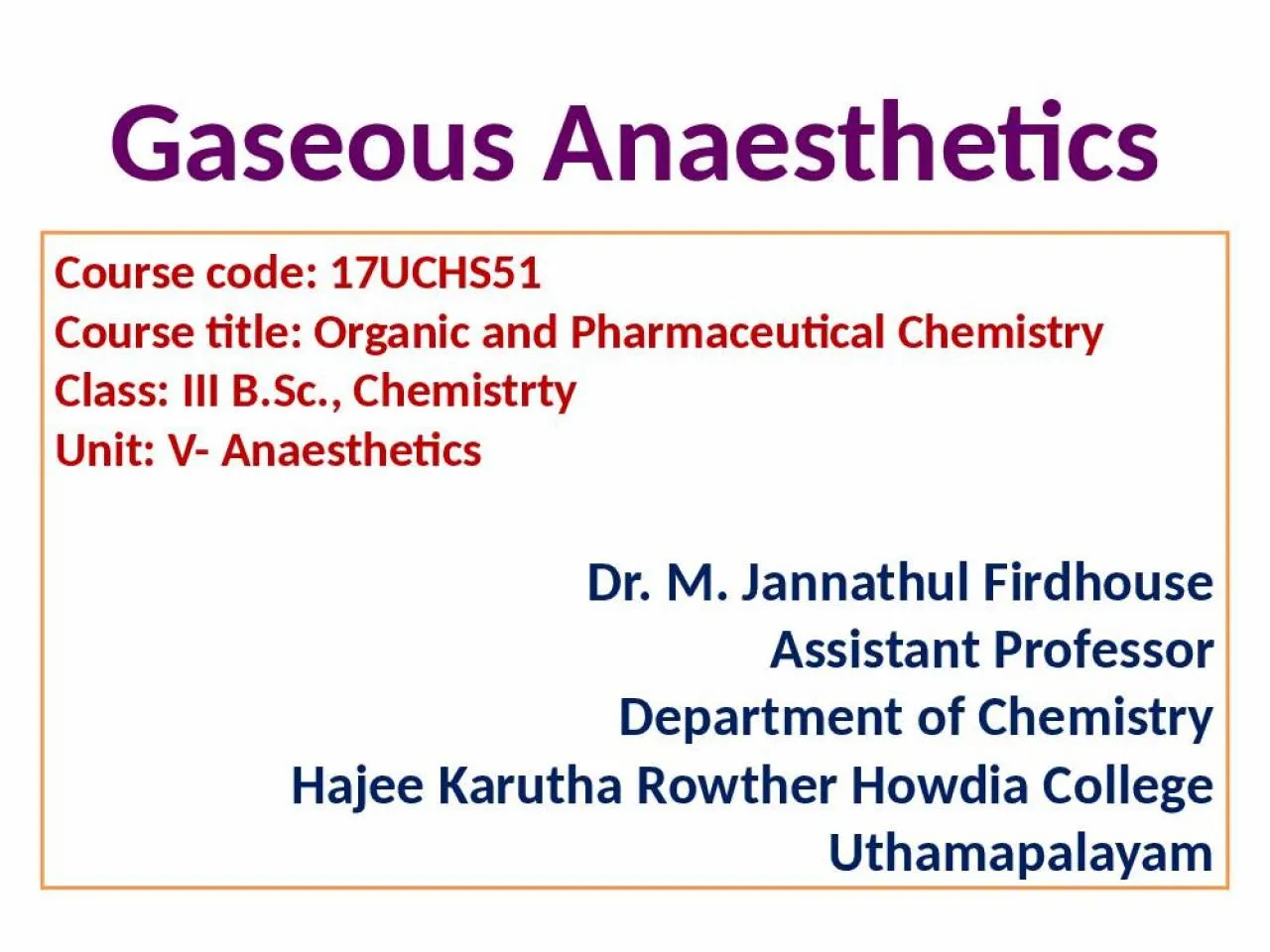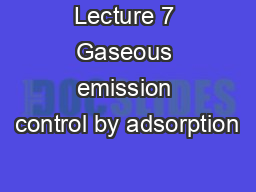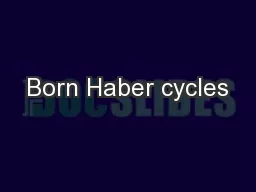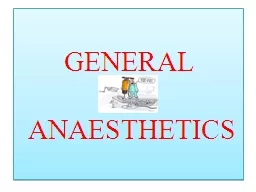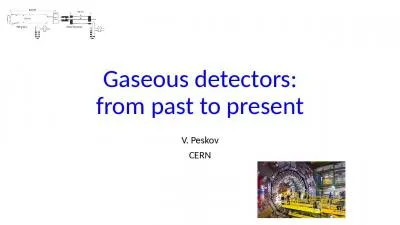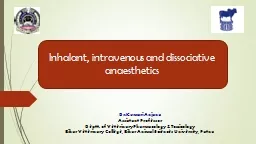PPT-Gaseous Anaesthetics Course code: 17UCHS51
Author : roberts | Published Date : 2022-04-07
Course title Organic and Pharmaceutical Chemistry Class III BSc Chemistrty Unit V Anaesthetics Dr M Jannathul Firdhouse Assistant Professor Department of Chemistry
Presentation Embed Code
Download Presentation
Download Presentation The PPT/PDF document "Gaseous Anaesthetics Course code: 17UCH..." is the property of its rightful owner. Permission is granted to download and print the materials on this website for personal, non-commercial use only, and to display it on your personal computer provided you do not modify the materials and that you retain all copyright notices contained in the materials. By downloading content from our website, you accept the terms of this agreement.
Gaseous Anaesthetics Course code: 17UCHS51: Transcript
Download Rules Of Document
"Gaseous Anaesthetics Course code: 17UCHS51"The content belongs to its owner. You may download and print it for personal use, without modification, and keep all copyright notices. By downloading, you agree to these terms.
Related Documents

